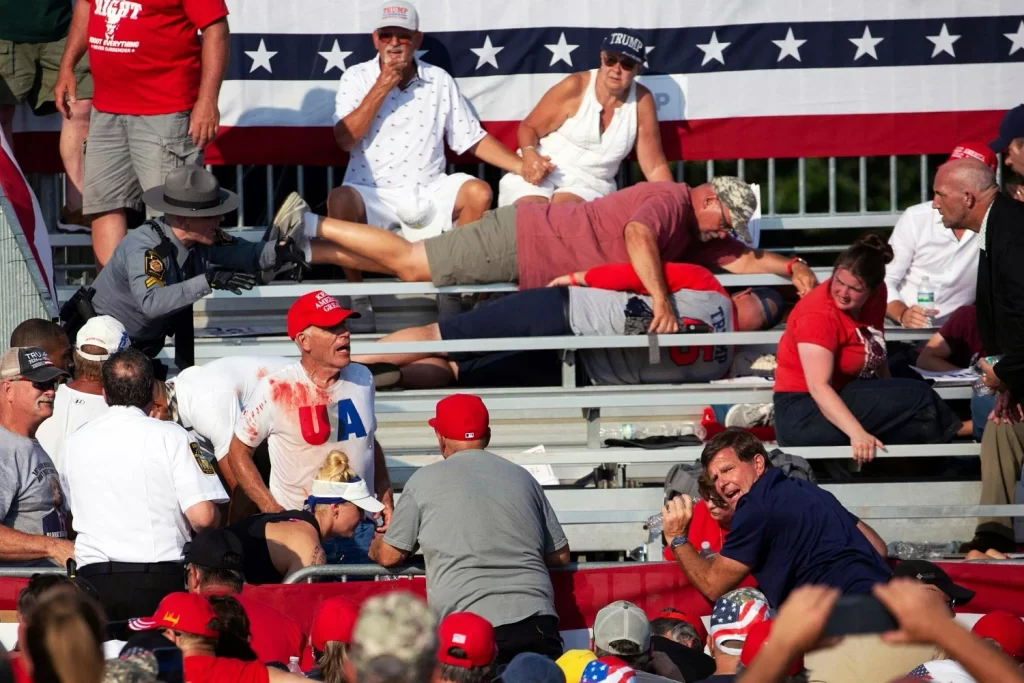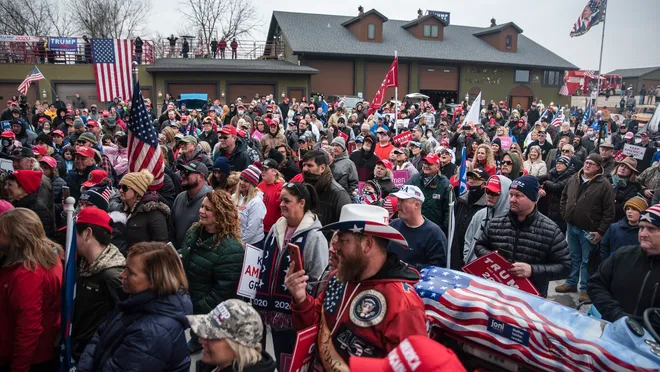Butler, Pennsylvania, July 2024- In the wake of the assassination attempt on Donald Trump during a campaign rally in Pennsylvania, conspiracy theories, false claims, and unsupported assertions have rapidly proliferated online.

Wild theories about the attack, ranging from speculation about the shooter’s identity to claims of a planned incident, quickly amassed millions of views on social media platforms. The lack of concrete details about what transpired created fertile ground for conspiracy theorists, political operators, and opportunistic social media users to spread unverified and false claims. This situation has been exacerbated by the tendency of tech platforms to refrain from moderating posts about major political breaking news events.
On X (formerly Twitter), conspiracy theories and false information about the incident began to gain traction mere minutes after the incident occurred. As video footage of the shooting spread across the platform, accumulating millions of views, the word “staged” became the second-highest trending topic immediately after “Trump,” with over 228,000 posts discussing the possibility of a hoax. Within just one hour, numerous posts on X claimed the shooting was staged, with these videos being viewed several million times. Despite these assertions, there is no evidence to support claims that the shooting was staged—Trump was visibly injured, and a spectator was killed while another was injured.

Similar misinformation appeared on Meta’s Instagram and Threads, though it reached much smaller audiences. The term “Antifa” also became a top trending topic on X after posts falsely identifying the gunman as connected to the anti-fascist movement. Some users blamed a “prominent Antifa activist,” Mark Violets, for the attack, although law enforcement has not publicly identified the shooter or released any information about his background as of Saturday evening.



